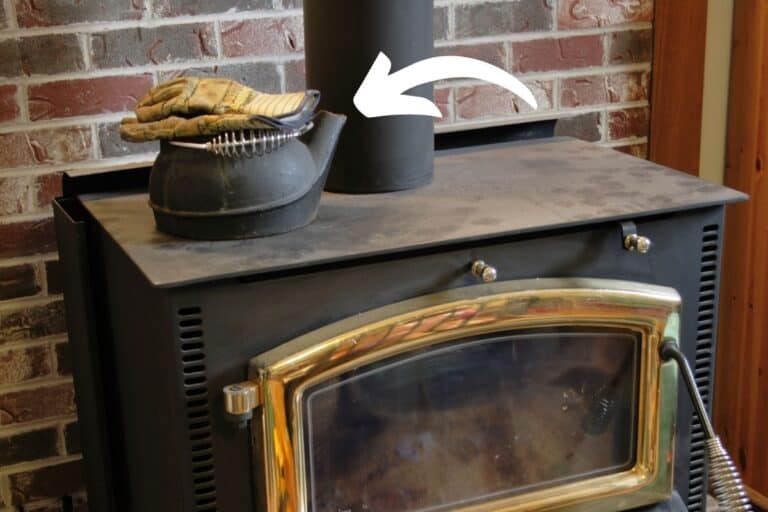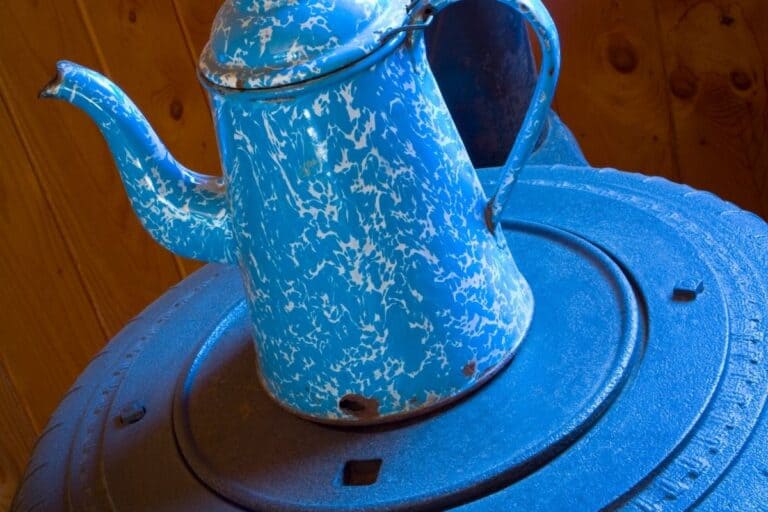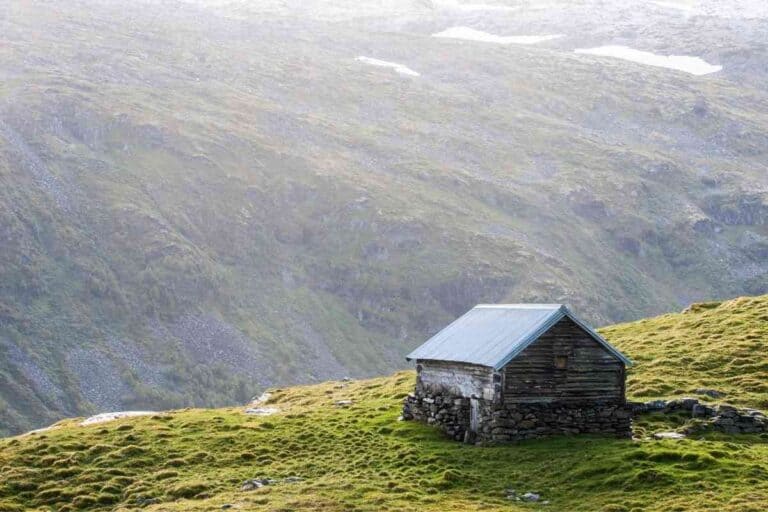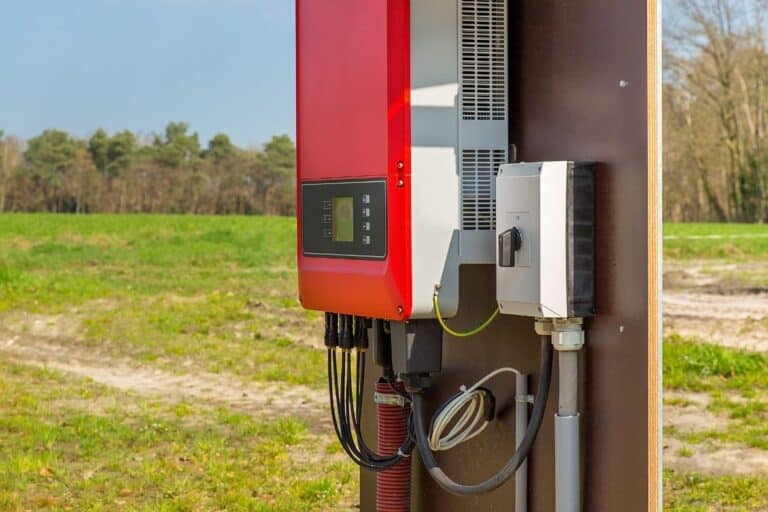Rainwater Collection vs. Digging a Well: A Comparison
Rather than hooking up to municipal water, many people who want to become more self-sufficient choose to drill a well or install a rainwater harvesting system. However, it’s not often a simple choice between the two. While rainwater harvesting is suitable for some locations, others are better served with well water.
This choice will depend on many factors, including your local climate, how much money you have available for installation costs, and your water needs. Each system has its advantages and disadvantages, so you’ll have to decide what is most important for your situation.
In the following sections, we’ll look at how rainwater harvesting and constructing a well compare to help you decide. We will consider the advantages of each option as well as its disadvantages. We’ll also take a look at some of the factors you need to consider when making your choice.
What Is the Difference Between Well Water and Rain Harvesting?
Rainwater harvesting is the collection of runoff water from your roof. This water can be used to meet all or some of your indoor and outdoor drinking, cleaning, and irrigation needs. Wells are likewise constructed to collect water for these functions, but the water comes from an underground aquifer.
Technically, a well also collects rainwater. When it rains, the rainwater soaks into the ground. This slowly filters down through the soil and becomes groundwater. Wells are built to tap into this groundwater and bring it into your home. Instead of you collecting, fingering, and storing rainwater in a cistern or tank, as you do with collected rainwater, nature does it for you.
So is rainwater harvesting even worth it? That depends on your situation. While you’ll need more equipment for a rainwater system, you’ll also have more control over the costs and how much water is available. In contrast to a well, you can always add more storage capacity to collect more rainwater.
Neither well water nor collecting rainwater is bad. In truth, both have their advantages and disadvantages. However, this isn’t a simple decision since each option has different costs and benefits. Choosing between them requires you to weigh up your needs and decide what’s most important for your situation.
In the next section, we’ll look at factors that influence your decision-making process.
Initial Costs
Neither rainwater harvesting nor well water is cheap to set up. Both systems require considerable startup costs and ongoing maintenance. The initial cost of installing a well will vary considerably depending on the depth and location of the borehole as well as soil type. Your startup costs will not be insignificant as you’ll probably have to hire a well-drilling company. In the US, a well costs between $1,200 and $12,000 to install, whereas a deeper well can cost as much as $30,000 or more.
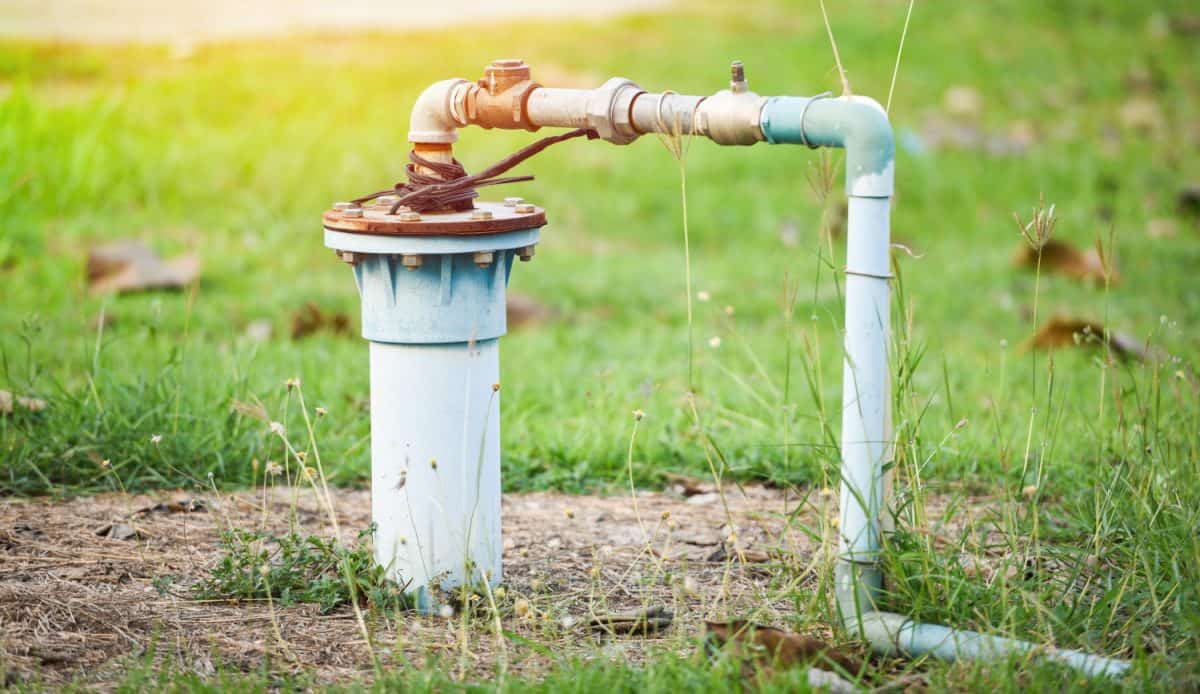
In comparison, rainwater harvesting has lower startup costs since you do not need expensive machinery and labor to drill a hole into the ground. You can also start small, adding more storage capacity as you need it. However, you will have to buy a water storage tank and all the equipment needed to divert rainwater from your roof to the tank. All in all, this can easily cost $2,000 if you install a basic system and a lot more if you need several large tanks. Since there’s no drilling involved, you do not have to worry about soil type or depth, but you will have to take precipitation into account when calculating your storage needs and your roof area, along with other rain catchment surfaces. If you live in a dry climate, you may have to use multiple large tanks and build rain roofs to collect more rainwater.
In summary, both rainwater harvesting and well installation have high startup costs, and you can expect to pay several thousand dollars. I recommend you also get a survey done to estimate the cost of drilling to better compare your options. Make sure to take installation costs into account when comparing well water and rainwater harvesting.
Law and Permits
Many local authorities have laws specifying how you can use your water. In some locations, you are subject to rules preventing you from storing large amounts of rainwater or drilling a well on your property. In other places, you will need a permit to build a rainwater harvesting system or well. While it’s usually not difficult to get permits for either system, you will need to do your research first.
On top of this, wells usually draw from local aquifers, which makes it important to follow regional guidelines for groundwater conservation. In some places, you may only be allowed to use a certain amount of water per day from your well. More water restrictions can mean higher costs as you have to drill deeper.
So what do these laws mean? It depends on where you live and what types of laws govern your area. Ensure that you conduct due diligence and research the relevant laws before getting a well or setting up a rainwater harvesting system. Talk to your local health department and other officials to understand the requirements and restrictions governing your property.
Risk of Contamination
Both well water and rainwater can get contaminated. If you are not careful, water can pick up bacteria or chemicals from the ground when it enters your storage tank. For this reason, you will need to keep an eye on your water’s clarity and odor, have it tested regularly, and install filters if necessary.
When harvesting rainwater, you need to ensure your system is clean, but you also have full control over it. If your water gets infected, you can clean the tanks and gutters or divert the water to another tank. You can even change your tanks entirely without removing every other part of your system.
You’ll need non-toxic roofing materials, such as a steel roof. Your gutters also need to be free of toxins. Regardless of what your roof surface and gutters are made of, you will always need to treat rainwater with a filter and possibly disinfection. This is particularly true if you live in an area affected by acid rain, but also to avoid bacterial contaminants from bird droppings and other natural contaminants.
With a well, you are at the mercy of your environment. If it gets infected, you can’t do much about it. Runoff from farms, septic systems, factories, and a dead animal falling into your water source can all potentially infect your water supply. However, if your well provides a clean water source you don’t need to use filters or treat your water.
In short, rainwater harvesting systems are generally more within your control than wells, but they are also more likely to get contaminated. However, wells are more likely to be affected by external factors like farming practices, septic systems, and natural contaminants.
Water Independence
One important factor that many homesteaders and other off-grid people consider is the ability to be totally self-sufficient. Now, this isn’t just about getting free water or paying fewer taxes; it’s also about getting to a point where you can live without the need for external resources.
With a well, there is no guarantee that it will not run dry. If you get your clean water from a well and no one else gets theirs from that same aquifer, then you usually do not need to worry about your well running out of water. However, wells can run dry if you or multiple families are pulling water at a faster rate than the water table is rising or if there’s a drought. You are also to some degree at the mercy of the laws. There can be rules about how you can use the water, and during droughts, local governments may put restrictions on how much water you can pump out of the ground.
If your well runs dry for any reason, you will need to wait until the water table rises high enough again to be able to pump more water from the well. You will need to drink bottled water or have a viable alternative prepared in case this happens, as there is not much you can do to speed up the process of refilling an empty aquifer.
With a rainwater catchment system, you have a supply of potable water that is completely independent of your neighbors. It can still run dry, of course, but only you decide how much water will be used and how much storage you need to have. You only need the rain that falls on your roof, and if it ever runs low, then you can plan for that by storing more water in the future.
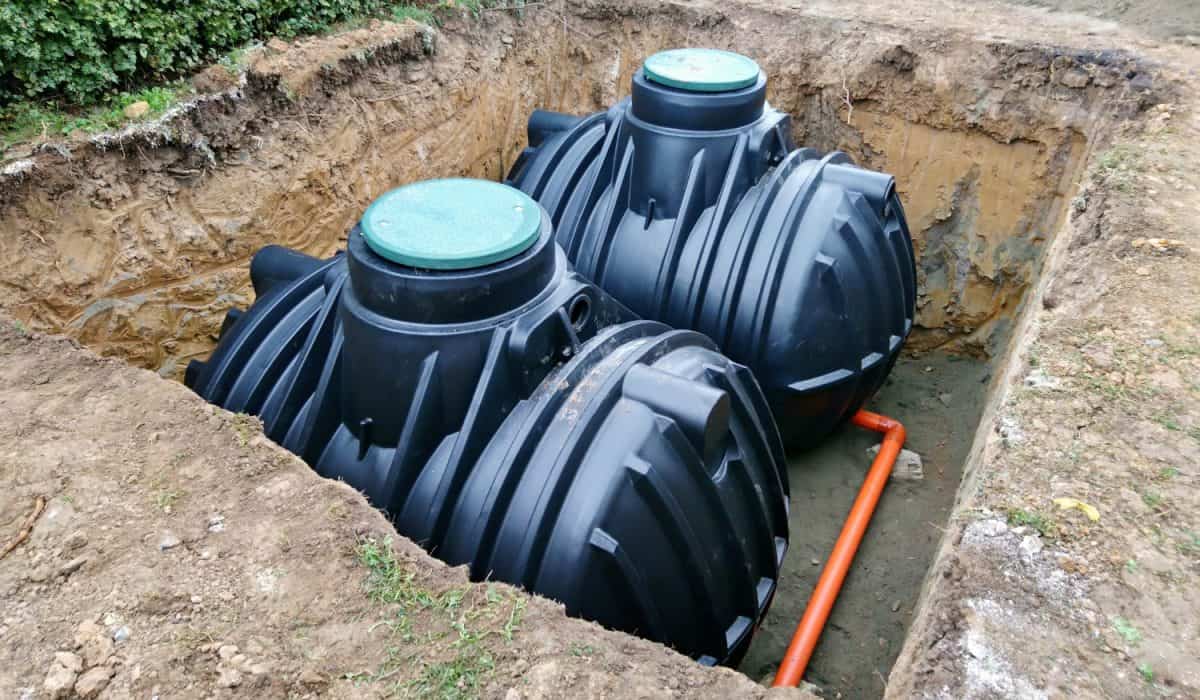
Of course, there is no assurance that it will rain in sufficient quantities. But a minimum level of precipitation over a year is fairly dependable. If you live in a place that may get drought, you can expand your system in advance. As long as your system is large enough, you will always have water.
In short, rainwater collection provides a higher degree of water independence than well water. While wells sometimes run dry, you can never run out of safe drinking water with a sufficiently sized rainwater catchment system.
Space Constraints
A drilled well takes up virtually no space. If you and your family live on a small property, then a well may be the best choice for you. All you need is a few square feet to drill the hole and a few square feet to keep the pump.
A rainwater catchment system takes up a lot more space, however. You will need enough room for your storage tanks and all the other equipment that needs to be set up to collect, filter, and store water. You will also need enough roof space to gather the rainwater you need.
Depending on your property and the layout of the land, you may be able to expand your storage space as necessary. If you live in an area with a lot of tall trees or buildings, it might be tough to set up equipment that fits the terrain. While storage tanks are often buried, you need access for maintenance, and you can’t build structures or plant trees on top of those tanks.
A property where there is little space available for erecting tanks or any other equipment that you might need to set up may be better served by having a well instead.
Safety
An old hand dug well can be a dangerous place to fall down. There’s no easy way to get out, and the shaft can be narrow and slippery. An old well can be dangerous for pets and small children. If you dig one yourself, there is also a significant risk of collapse, so be careful and make sure you know what you are doing. A modern drilled, however, is as safe as you can get.
With a rainwater catchment system, you are dealing with large tanks full of water. If the tanks are not made properly or get damaged, they could cause an accident. Be particularly careful if you stack your holding tanks, as the weight can cause them to crack, or they can fall over!
Outside of that, both solutions are pretty safe in everyday situations. Generally, your biggest risk is property damage in case of a leak or malfunction.
Practical Limitations
Depending on where you live, you may not have a choice between getting a well or setting up a rainwater harvesting system. There are some places that cannot support either option or where one solution is significantly better than the other.
A well will only be a practical solution as long as there is an aquifer underneath your land. In places without an aquifer or where it is very hard to access, rainwater collection is the only way to go.
Rainwater collection systems can be utilized almost everywhere – even in places where there is very little precipitation. In which case, you will only need larger tanks to collect as much water as possible when it does rain. However, keep in mind that if you live in an area where the temperature drops below freezing, your tanks will need to be insulated or lowered below the frost line.
Maintenance
Both rainwater harvesting and well water systems are relatively easy to maintain.
Besides the occasional check for leaks or damages, wells require little to no maintenance. You do need to test the water regularly for contaminations, but that is generally it.
Rainwater harvesting does require a bit more maintenance. There’s always the chance that rodents or insects get in, as well as the possibility of algae and other contaminants building up in the tanks. You should clean your tanks about every second year as well as regularly inspecting your gutters and remove any debris that might block the water flow or cause bacterial growth.
Rainwater Collection Vs. Well: How Do You Choose Which System to Install?
Choosing between a well and a rainwater collection system is largely influenced by your location and specific demands.
A well is often the best option if you need water for your house and for drinking, and you have easy access to an underground reservoir. If the groundwater is deep down or the land is rocky, a complete rainwater harvesting system will generally cost less in addition to providing you a reliable and independent water supply.
If your needs are limited to non-potable water (such as for watering the lawn), rainwater harvesting is usually also going to be a better option. While larger systems are expensive, you can get a few small rain barrels very cheap to harvest more than enough water for non-drinking purposes. You will aid in local water conservation and save some money by not paying for city water.

